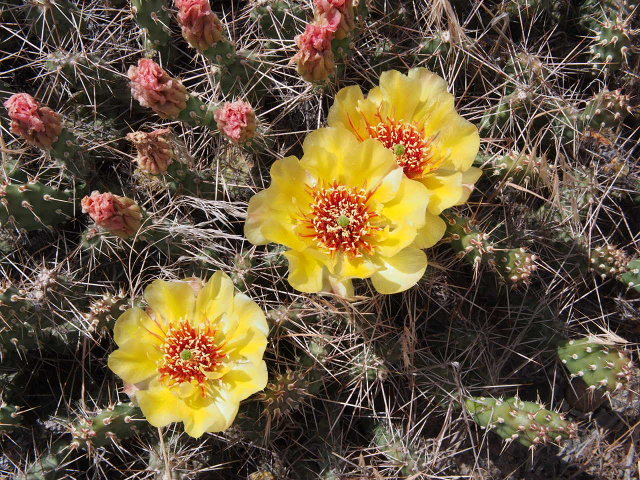Dealing with CenturyLink Sucks
Published at 21:03 on 11 June 2018
My current long-distance provider, Pioneer Telecom, has ever since I became a customer with my current line had an issue with the occasional call having a one-way connection: I can hear the other side just fine, but that other side cannot hear anything. This is merely annoying to me, but it sometimes makes the other side temporarily wonder if they are now the subject of intentional harassment.
Inertia makes it a pain to switch, but as time has passed, the issue has happened more and more to the point where their service is now basically unusable. When I first got my land line, CenturyLink told me they now offer long distance service. I can’t remember what the price was, but it seemed uncompetitive, so I decided to shop around and found a better deal. (Well, it would have been a better deal if the call quality was reliable.)
So, anyhow, the time to switch has come, and the first order of business was to revisit what CenturyLink’s pricing is. If it’s simply a little bit more expensive, but not obscenely so, it’s probably worth it to pay more for better quality.
First, I try going on line. There are almost no options for managing one’s existing residential service. I find a page saying such things are under construction and to talk with an agent instead.
So I call the customer service number listed in the front of the phone book. Naturally, there’s a long phone tree. At some point in it, I am encouraged to use their web site instead. Yes, the same web site that is incomplete and which just told me to speak to an agent to accomplish this basic task. Then I get put on hold. After over a minute of waiting, it is clear that I made a mistake in calling on my kitchen phone and hang up.
I go into my office and place the call from my desk phone, the one that has a headset which leaves both hands free so I can do other stuff while waiting on hold for an extended period of time. It turns out, of course, to be an extended period of time.
After too long, I get an answer. It’s a guy in India with a heavy accent who doesn’t understand my English very well and keeps asking me to repeat stuff. This is a sign of total sleaze; it says: “We are so cheap we not only outsource labor, we outsource it to the cheapest people possible.” That’s because there’s plenty of educated people in India who speak perfectly clear English and who have no trouble understanding it when spoken by a native English speaker. (Of course, they cost a bit more to hire than those who barely know English.)
He asks me my phone number, which is a totally unreasonable thing to ask on an 800 number, because they already have that data. All 800 number owners do; such numbers work by reversing the charges, so caller numbers are furnished them due to the long-established tradition that those who pay long-distance tolls are entitled to receive itemized data showing the charge for individual calls. (In fact, CenturyLink’s phone tree already had detected my number and asked me to confirm it was the line this call was pertaining to.)
I ask about the pricing, and get placed on hold for an extended period of time. (Apparently he doesn’t have that information.) When he gets back to me with the pricing it is only a per-minute cost. I have to explicitly ask if there is a monthly fee, and if so what it is, then am placed on hold again while he researches it.
It’s obscene, of course. Why wouldn’t it be? That’s apparently CenturyLink’s business model: to tout the (surprisingly competitive) per-minute cost and sucker customers into getting zinged by monthly charges.
Needless to say, no sale. I’m still researching options.



